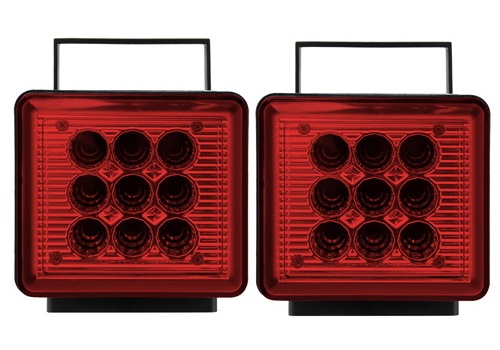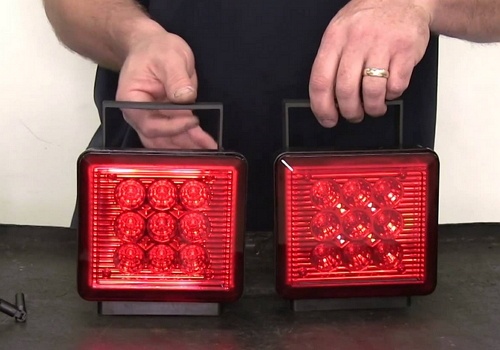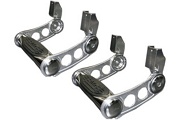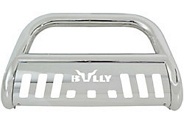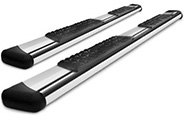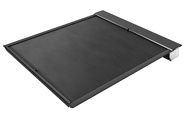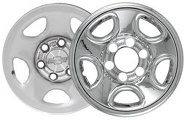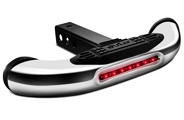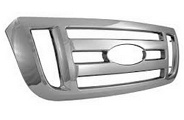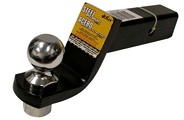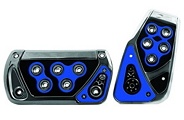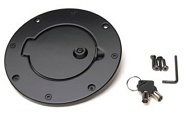The requirements for trailer lighting vary depending on a number of factors such as trailer’s width, length, GVWR, etc. Although, all trailers should have brake lights, turn signals, tail lights, side marker lights, reflectors at sides and rear, and license plate lights.

Wireless Magnetic Trailer Lights – Rechargeable LED TailLight Kit For Trailer US

Wireless Magnetic Trailer Lights – Rechargeable LED TailLight Kit For Trailer

Wireless Magnetic Trailer Lights – Rechargeable LED TailLight Kit For Trailer

2X -7Pin LED Magnetic Wireless Trailer TailLight Kit ForTrailer-Truck Automotive

Wireless Trailer Lights Magnetic Kit with 7-Pin Transmitter, Rechargeable LED

Wireless Magnetic LED Trailer Lights Rechargeable Tow Lights For Trucks Trailers

7 Pin Plug Wireless LED Trailer Lights Kit Rechargeable Towing Light for Truck

Large trailers may require additional reflectors, lights and sometimes even application of reflective conspicuity tape. The number of lighting kits for sale is really huge, but one type deserves a special mention – wireless trailer lights. As the name implies, such trailer lights work without wiring, providing a number of benefits.
Benefits
First of all, the absence of wires means that they won’t rip on the road causing a dangerous situation. Besides, towing a trailer without fully functional lights is against the law, so you can be pulled over, ticketed and fined. Wireless trailer lights allow you to prevent these unpleasant happenings. Some of them feature magnetic mounts, that’s why the installation process will be easy like a breeze.
Operation principle
Wireless trailer lights feature a transmitter and a receiver. A transmitter is located on the towing vehicle and is connected to numerous lights – tail lights, signal lights, brake lights, etc. When any of towing vehicle lights are activated, a signal is sent to the receiver on the trailer. After receiving a signal, corresponding trailer lights are activated.
The receiver can be reconnected and removed from one trailer to another. This way, the driver is able to employ the same trailer lighting system on several different trailers while using the same towing vehicle. These lights are powered by batteries.
Their magnets are strong, but they are designed to avoid scratches on your trailer. Powered by batteries (usually, these are not included in the kit), they can be turned off manually to save power. Wires are subjected to risks of ripping and bending. You can easily avoid them by using wireless trailer lights.

